The century-old mystery has come to an end: Who invented the first airplane? You'll be very surprised.

The originator of manned flight, one of history's greatest technological breakthroughs, remains a matter of debate. The answer to the question "Who invented the airplane?" is far more complex than one might think.
While the foundations of modern aviation appear to have been laid in the early 20th century, the path to this goal stretches back centuries. Flight was not only a physical revolution, but also a symbolic, cultural, and scientific one.
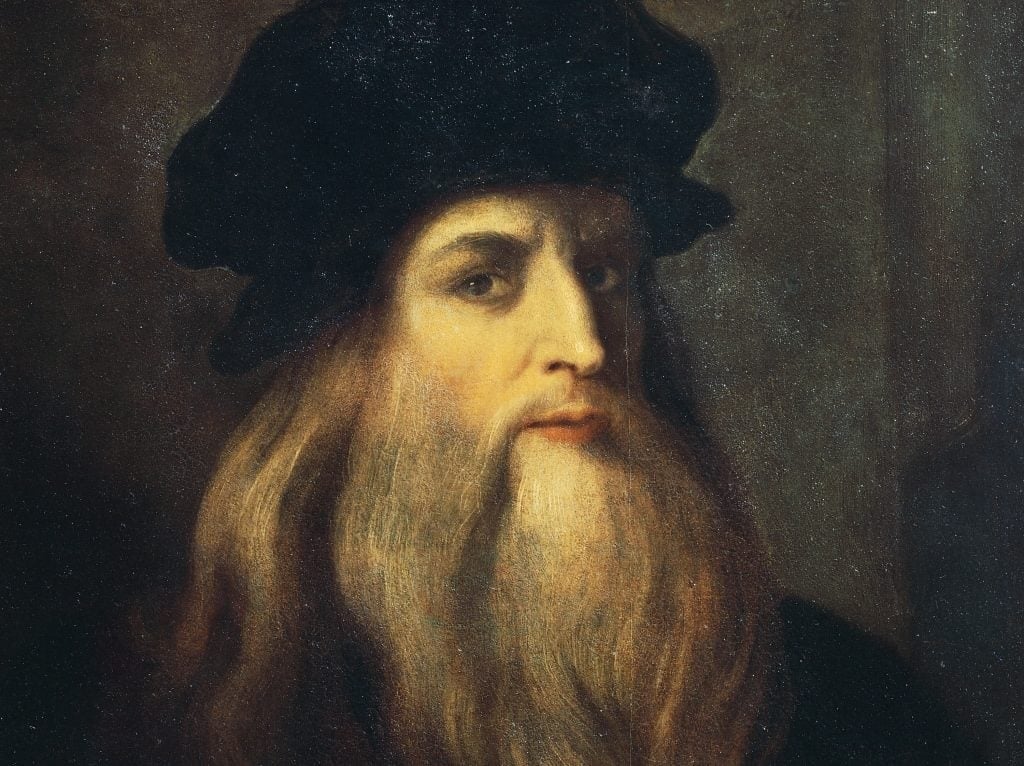
Leonardo da Vinci: He inspired the future of aviation
The first person to lay serious scientific foundations for the idea of flight was the Italian genius Leonardo da Vinci. Living in the 15th century, da Vinci studied the aerodynamics of birds and sketched various flying machine designs. The winged vehicles and helicopter-like systems he named "ornithopters" inspired future aviation.
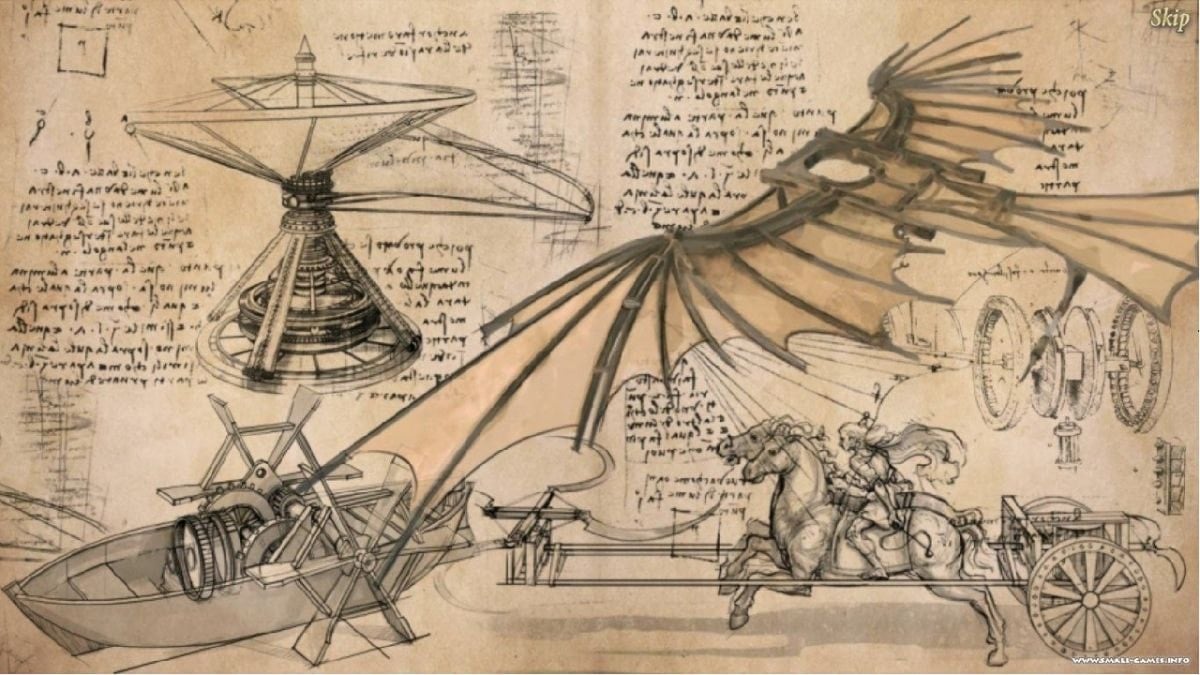
However, da Vinci's drawings were never realized. Because engine technology was not yet fully developed, his ideas remained only on paper. But his vision was the first scientific proof that humans could fly. He took the first major step toward making flight no longer a dream.
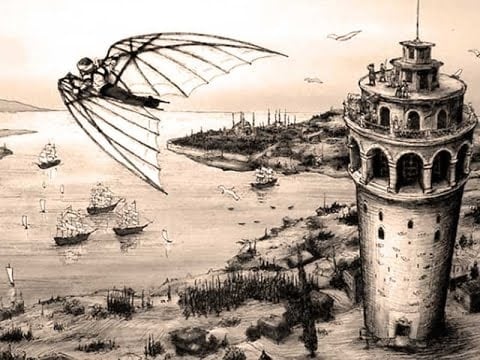
Hezârfen Ahmed Çelebi: Reality or Myth? Another Ottoman figure who aspired to fly was Hezârfen Ahmed Çelebi, who lived in Istanbul in the 17th century. According to Evliya Çelebi's account in his "Seyahatnâme," Hezârfen leaped from Galata Tower with eagle-like wings of his own design and glided all the way to Üsküdar. Evliya describes this event as "flying a distance of 3,000 ziras in windy weather." It is said that the sultan of the time, Murad IV, initially rewarded him for this feat but later exiled him to Algeria on the grounds that he was "too intelligent." However, Hezârfen's flight remains a matter of debate among historians, as the event was only reported by Evliya Çelebi and is not recorded in any contemporary Ottoman documents. There is no scientifically accurate information as to whether the distance from Galata to Üsküdar was technically flyable under the conditions of that period.
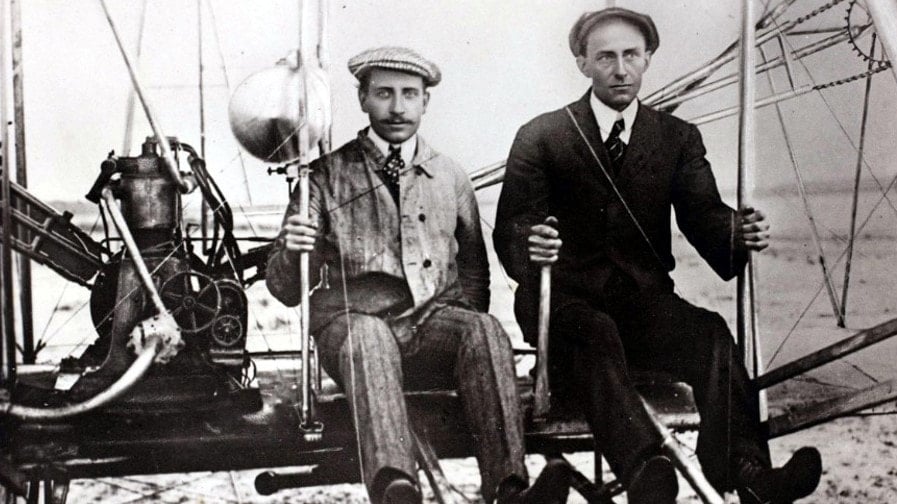
Wright Brothers: Powered and controlled manned flight
The beginning of modern flight is generally credited to the Wright Brothers. American inventors Orville and Wilbur Wright announced that, after years of engineering work, they had achieved the first powered, controlled human flight in history with an airplane called the "Flyer" on December 17, 1903, in North Carolina.
This flight lasted only 12 seconds and covered approximately 36 meters. However, there was a striking detail: The aircraft did not lift off directly from the ground; it was launched via a rail and catapult system. Furthermore, only five witnesses witnessed the flight. The Wright Brothers kept their achievements secret from the public for years to secure patents and protect their technology.
The world became aware of these flights only in 1908, when they organized public flights in Europe.
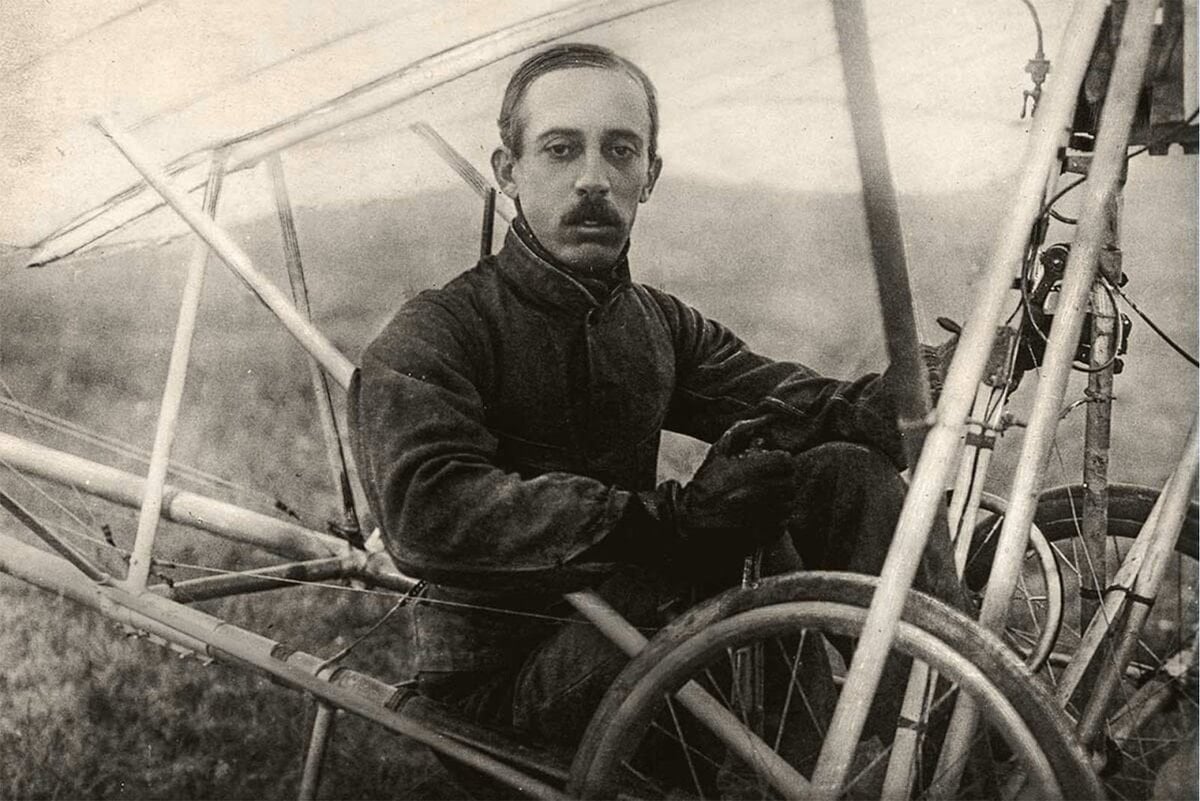
First Documented Flight Santos-Dumont
Another strong candidate to emerge in this atmosphere of secrecy was Brazilian inventor Alberto Santos-Dumont. In 1906, he took off from the ground in Paris's Bagatelle Park, using his own engine and unaided, in his airplane, which he named "14-bis." The flight lasted approximately 220 meters and was witnessed live by hundreds of people and documented and registered by official institutions. Santos-Dumont not only flew the plane. His later design, the Demoiselle, became the world's first mass-produced aircraft. For this reason, Brazil and France, in particular, recognize Santos-Dumont, not the Wright Brothers, as the true inventor of the airplane.
Other names also come up from time to time regarding the firsts of flight:
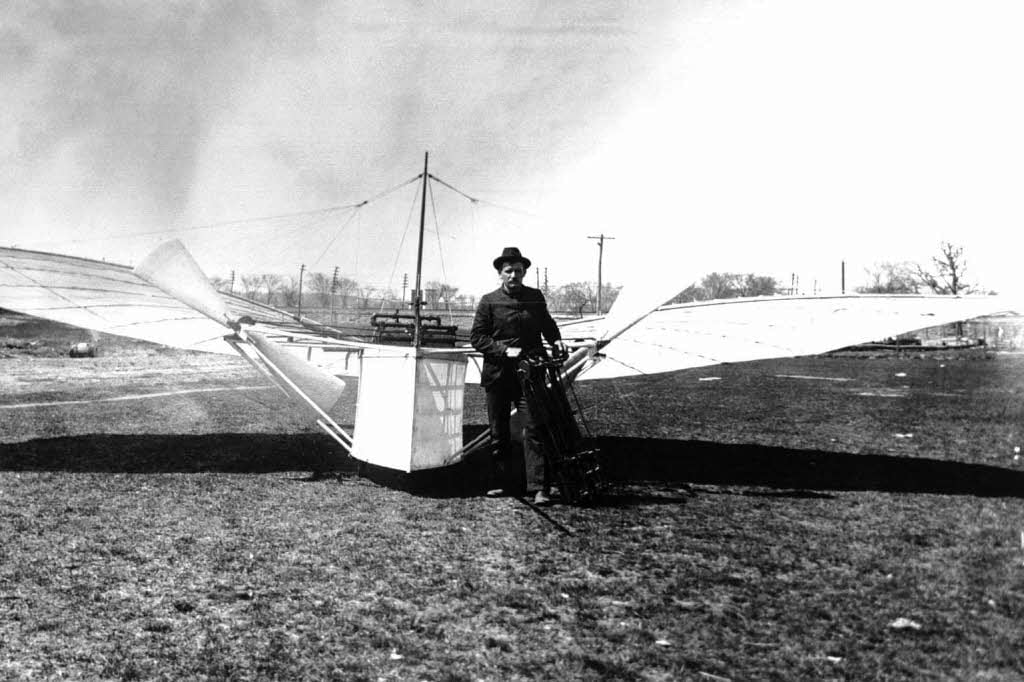
Gustav Weißkopf (Germany/USA): It is claimed that he made a powered flight in Connecticut in 1901. However, this claim has not been confirmed due to the lack of visual or official documentation.
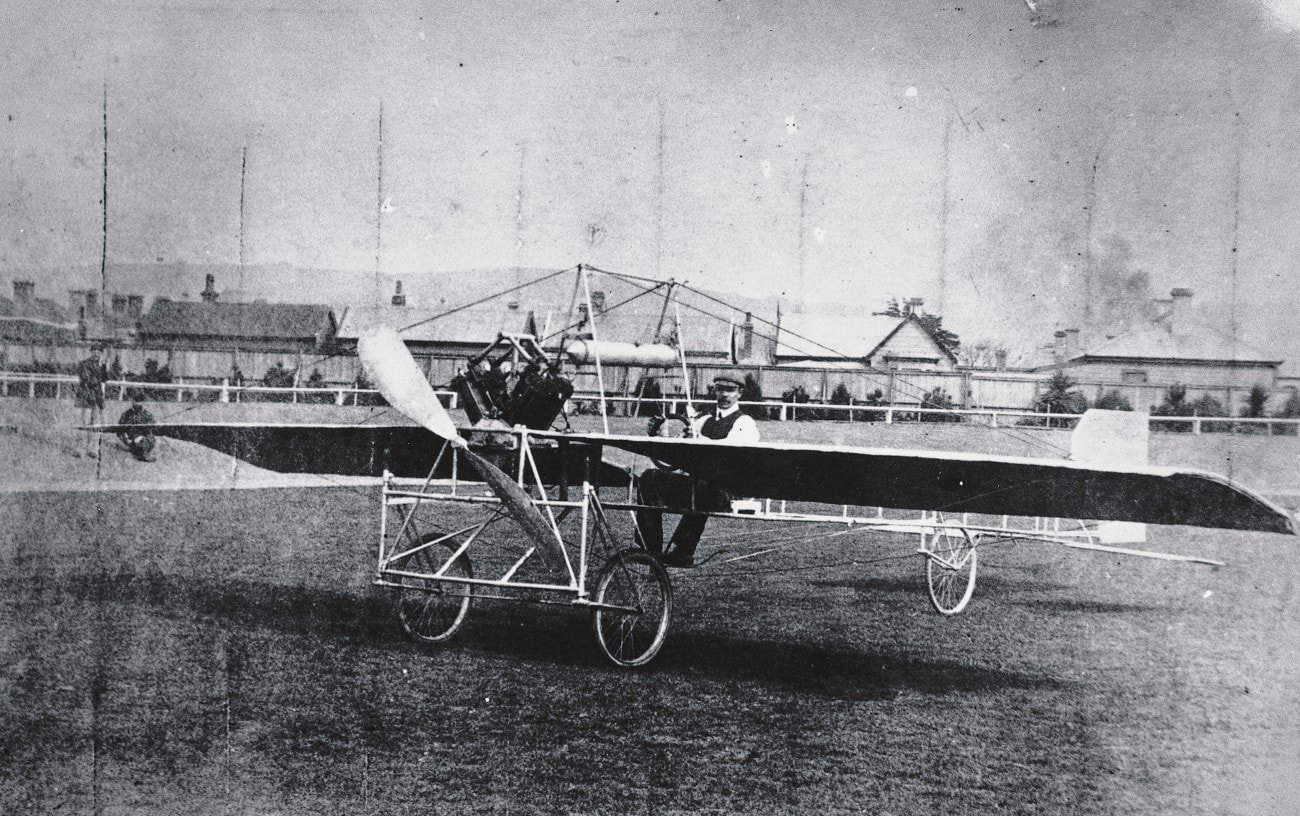
Richard Pearse (New Zealand): There are rumours that he briefly took a motor vehicle into the air in 1903. However, no witnesses or records have been found.
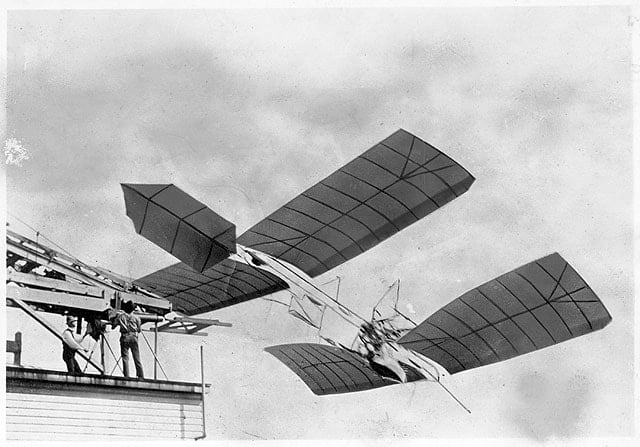
Today, aviation historians find it more appropriate to focus on the evolutionary process of flight rather than the debate over "who flew first?" Because flight was the result of the imagination, labor, and effort of many geniuses, not a single person. Whether it's Leonardo da Vinci's drawings or the legend of Hezarfen...
Whether it's the engineering of the Wright Brothers or the courage of Santos-Dumont...
Flying is a common victory for humanity. And behind this victory are not just machines, but centuries of dreams, experiments and perseverance.
SÖZCÜ





